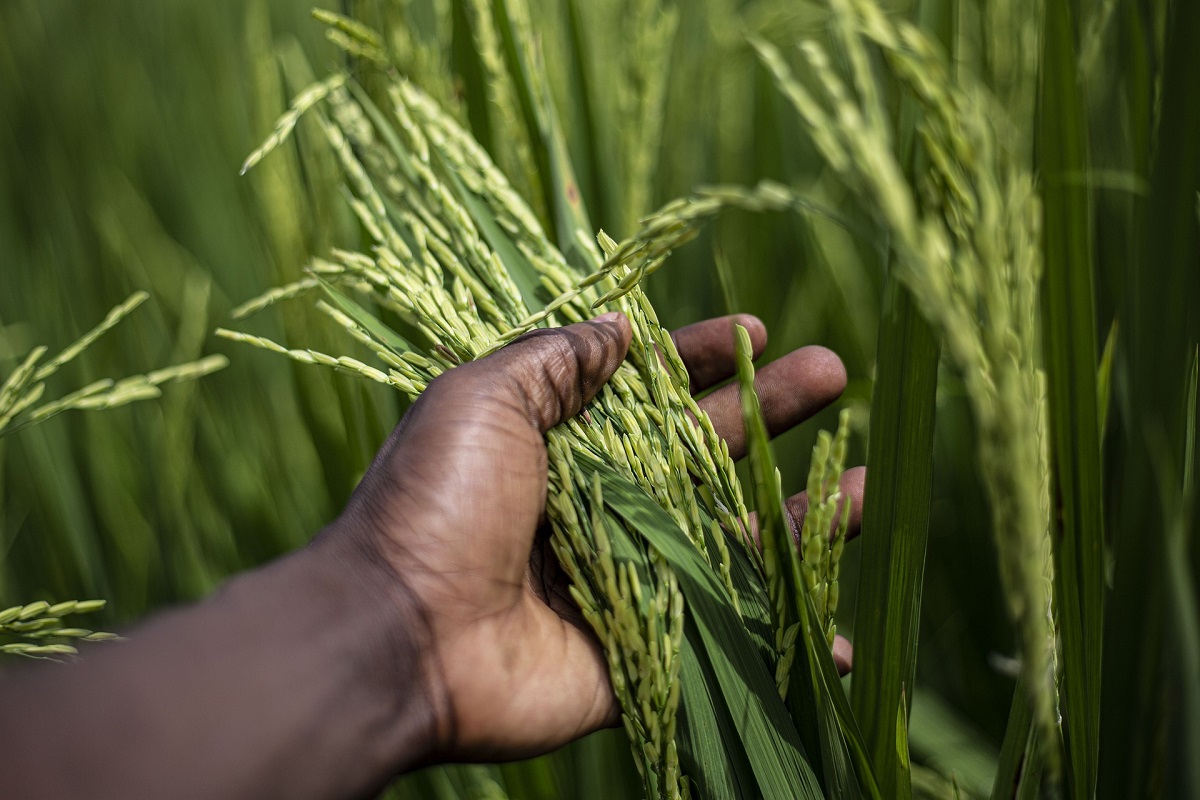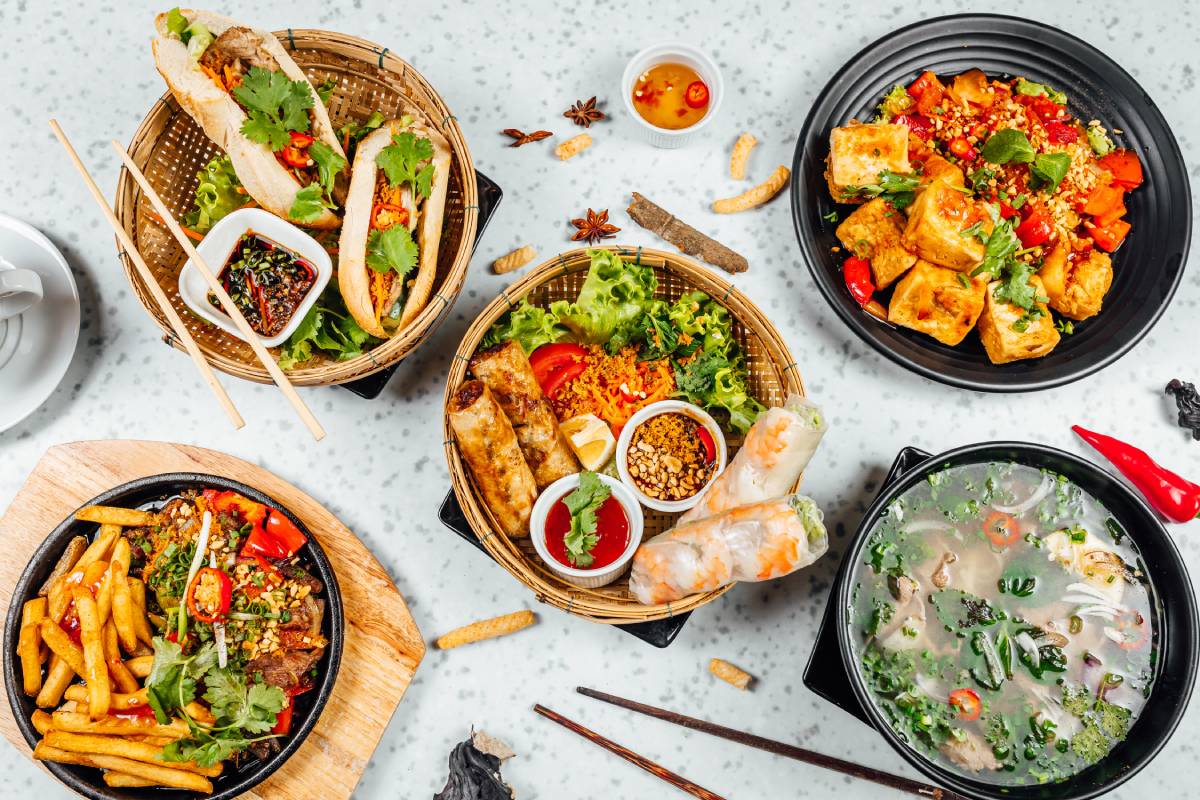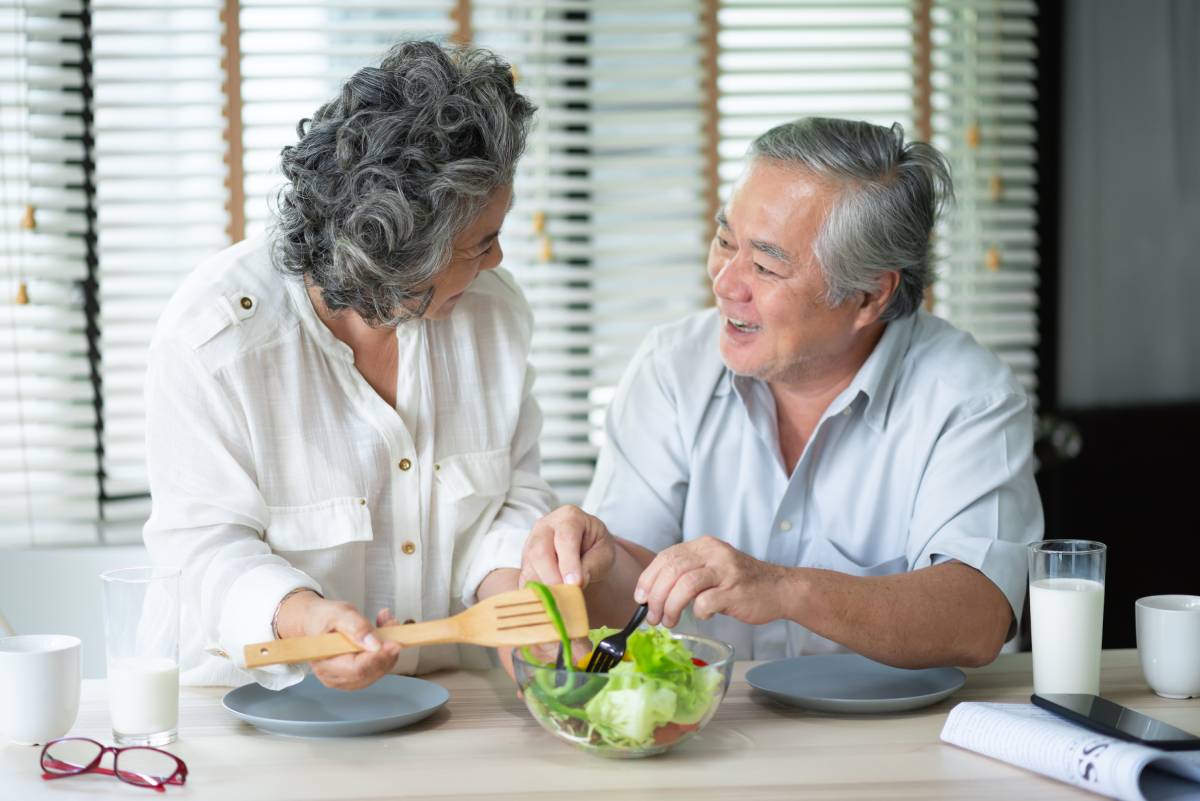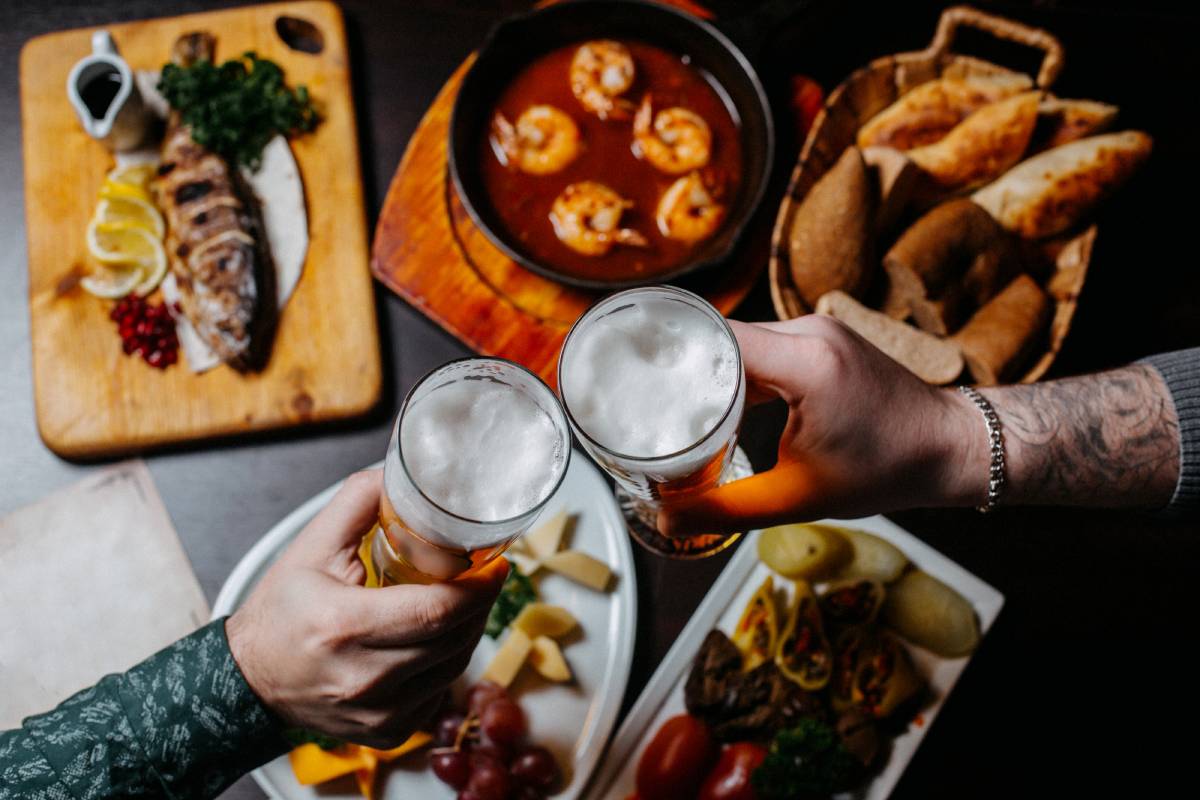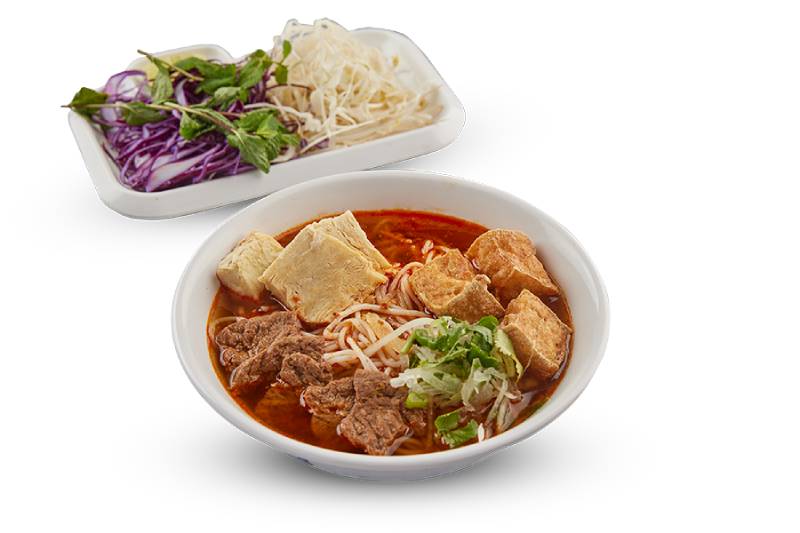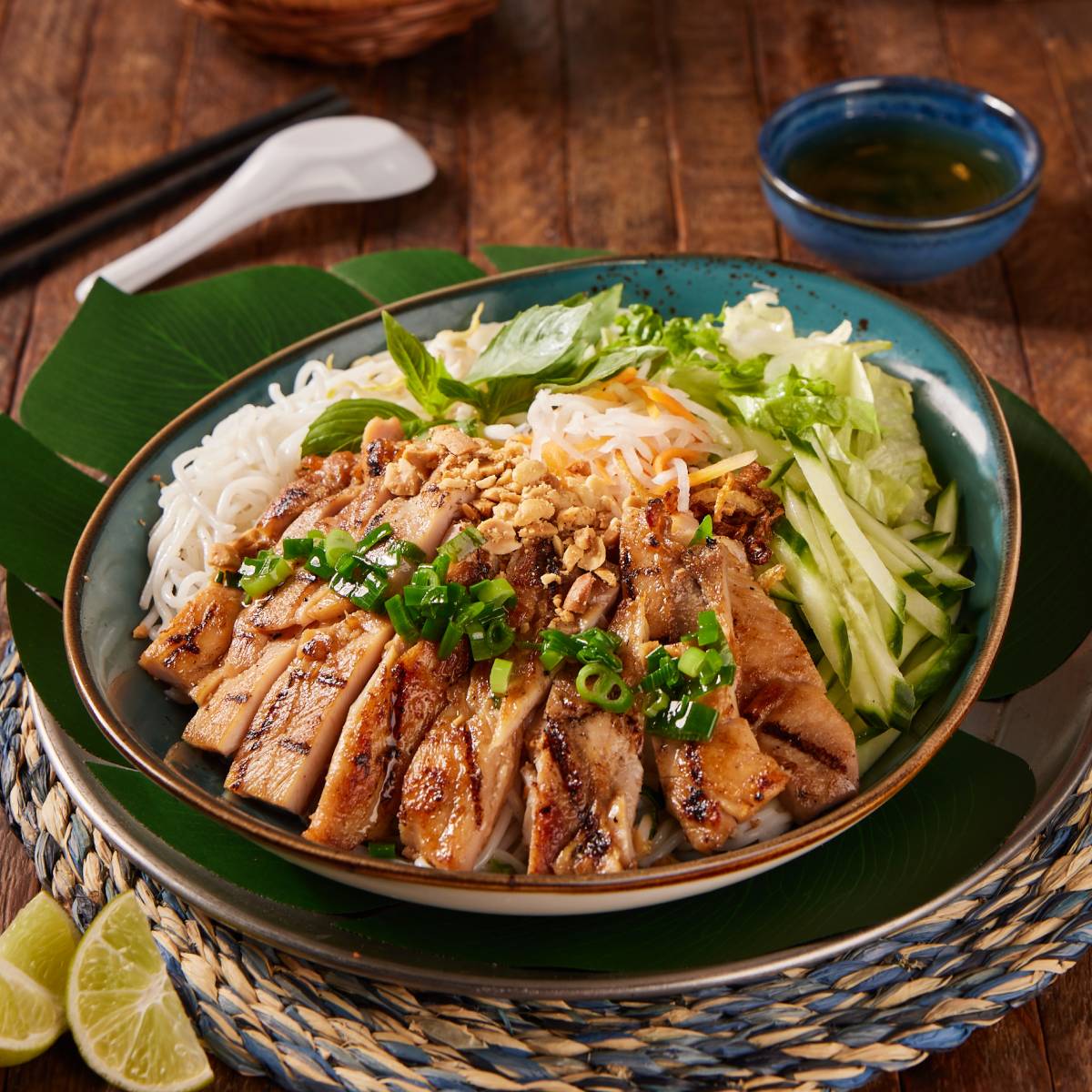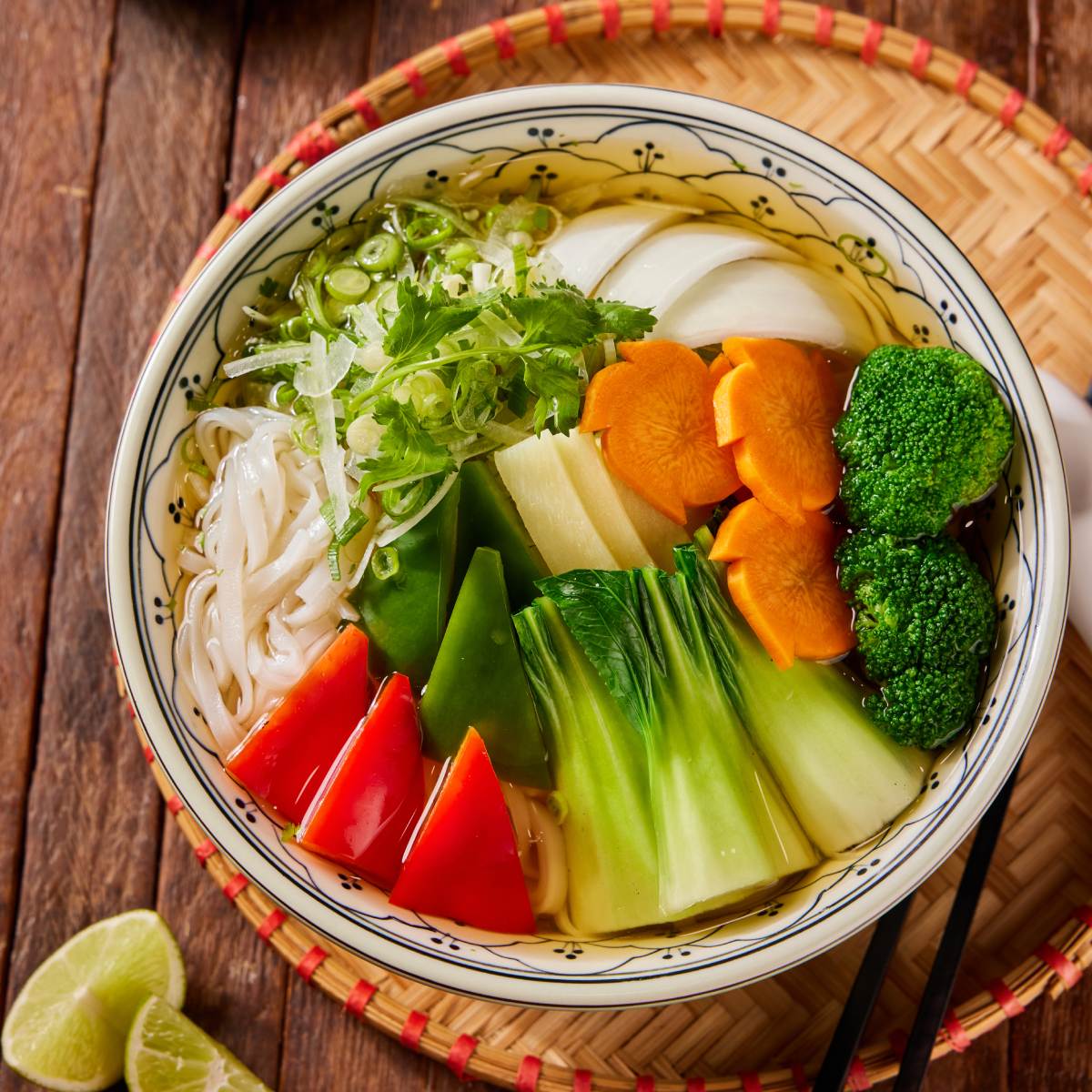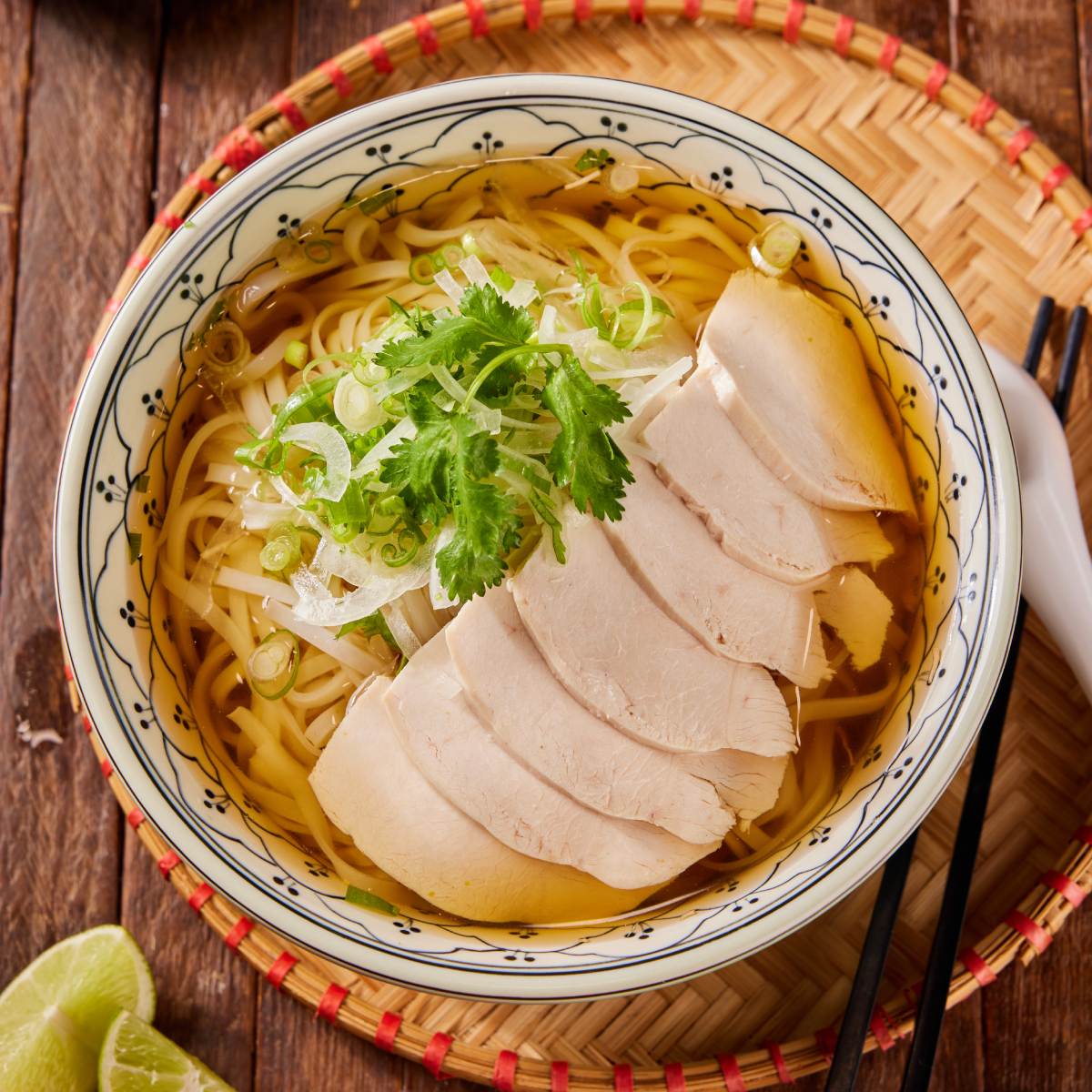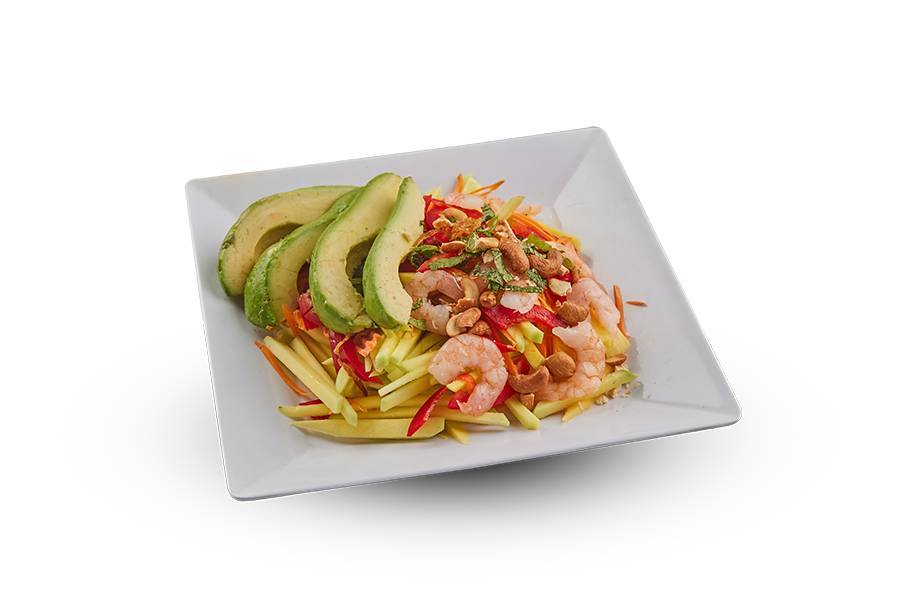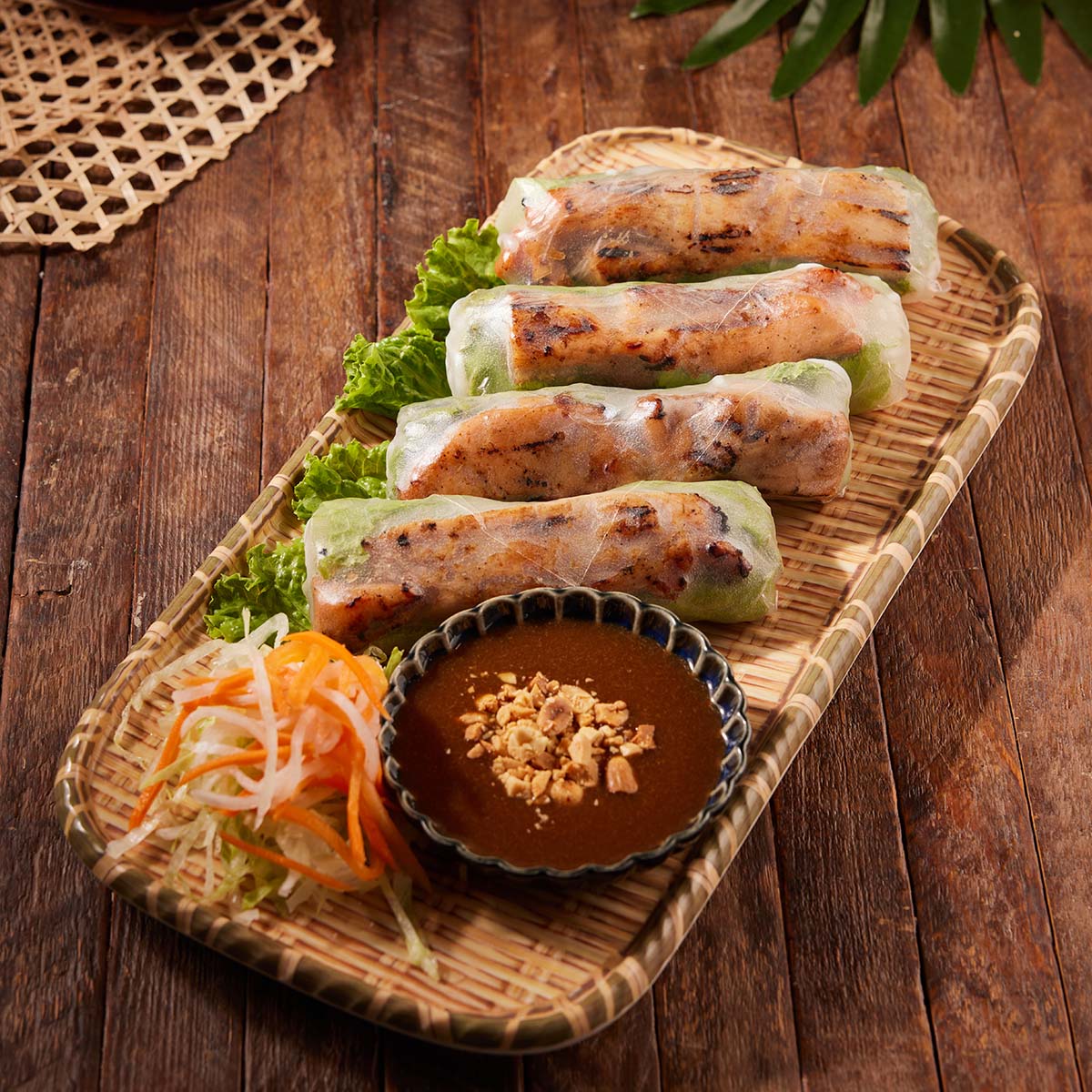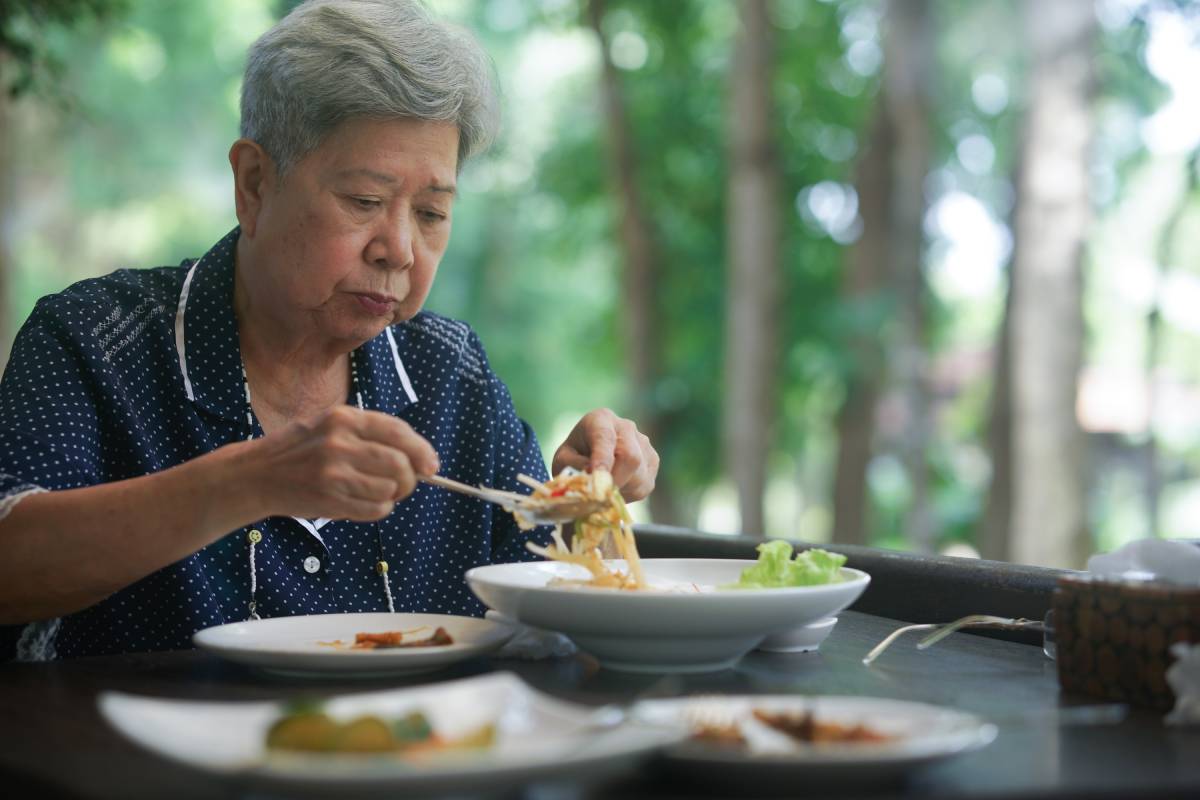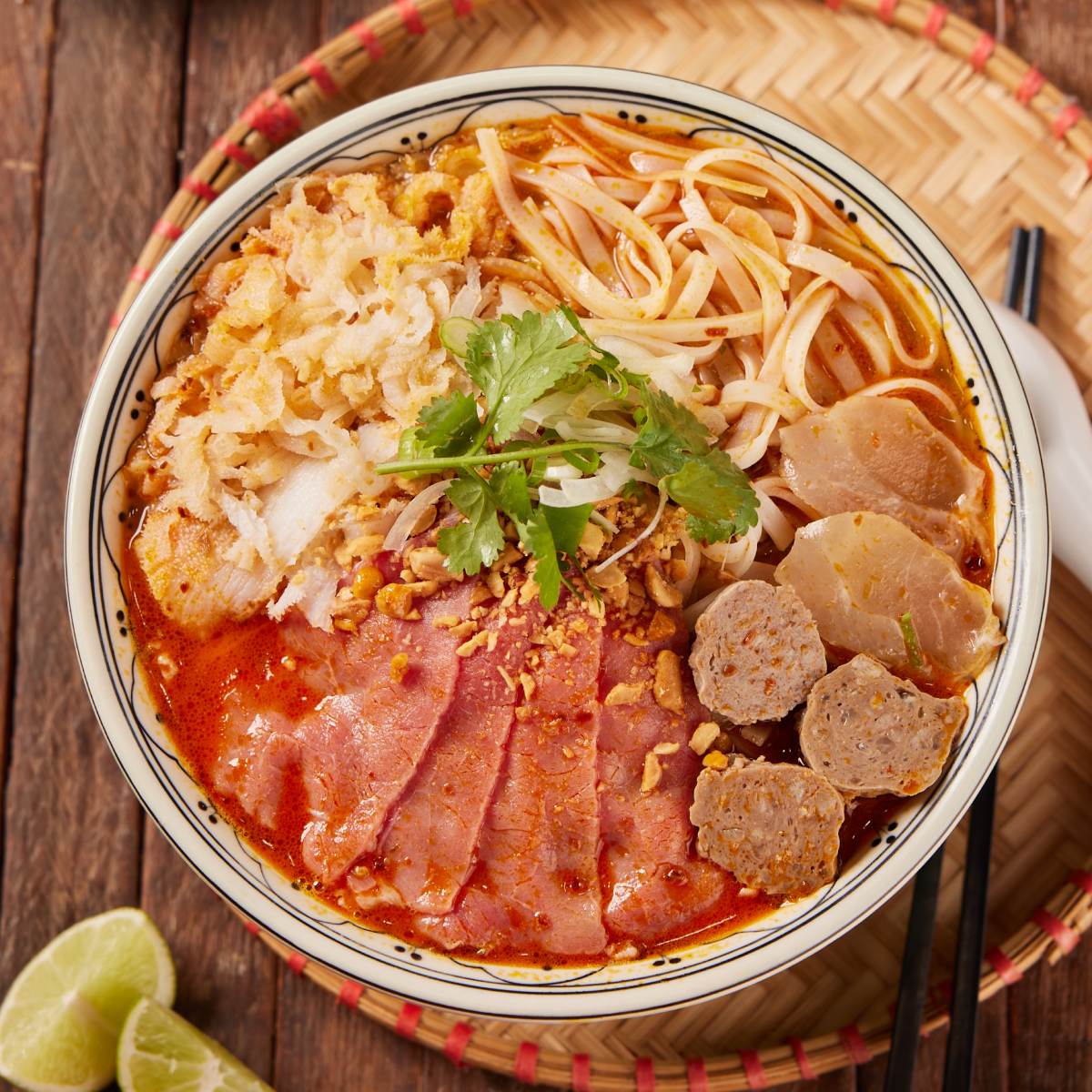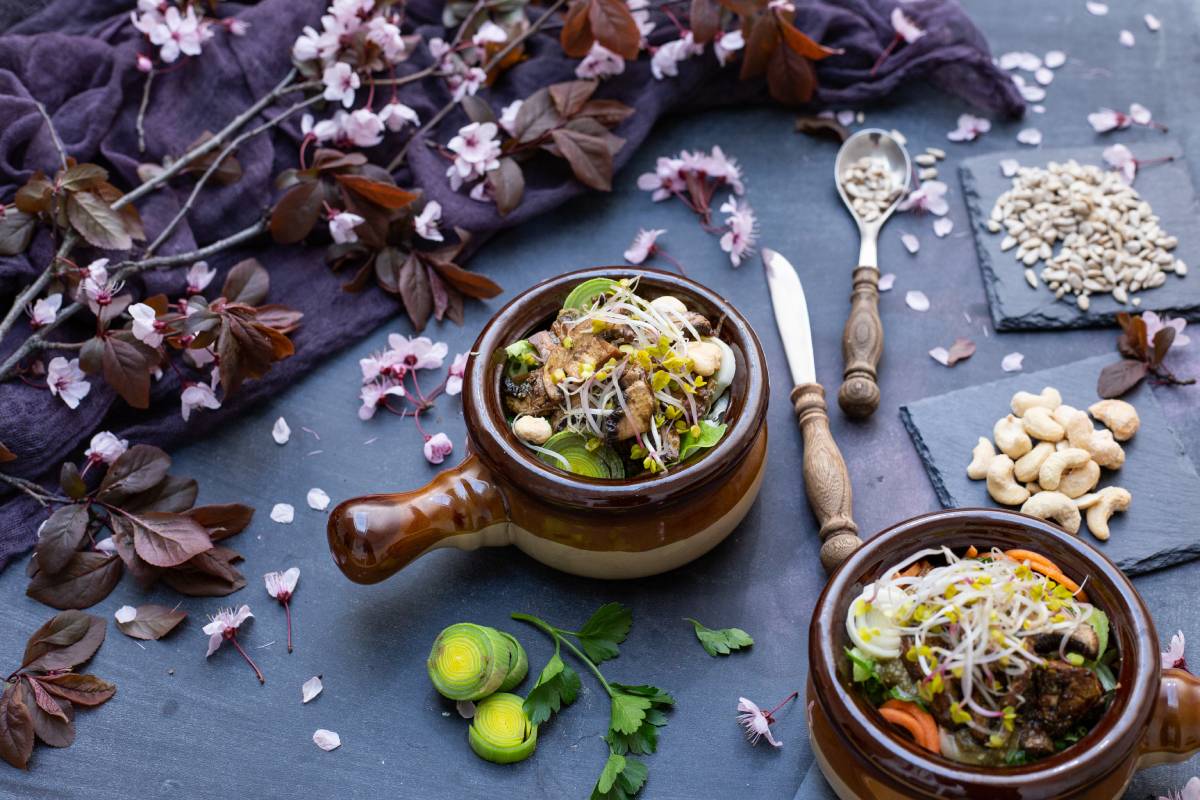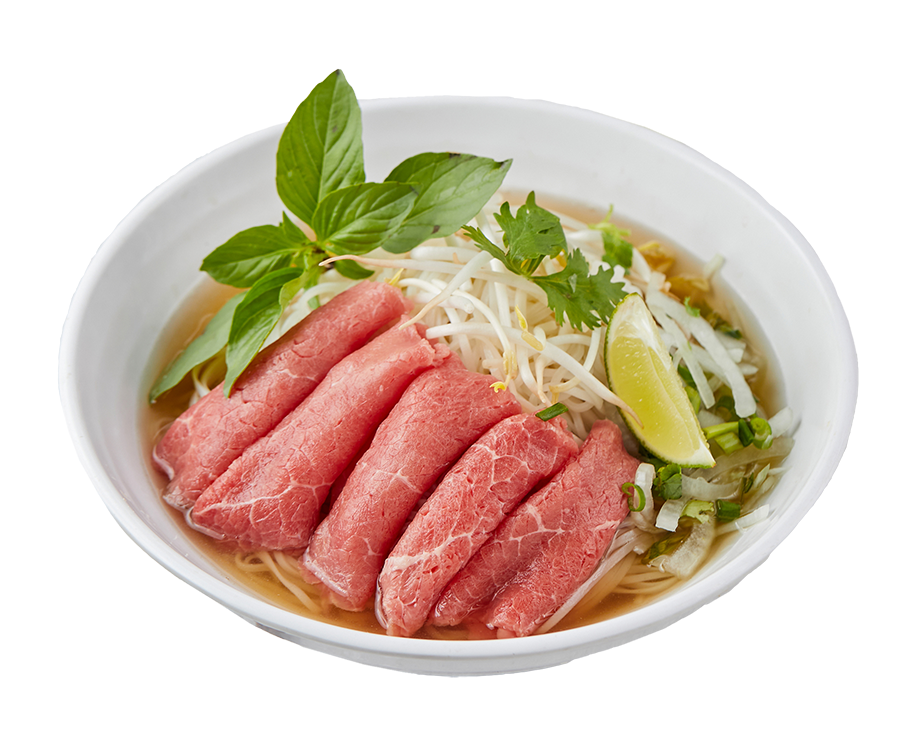The importance of rice in many cultures is evident in the many rituals and ceremonies associated with its cultivation and consumption. In Japan, for example, the planting and harvesting of rice are accompanied by traditional ceremonies that involve the entire community. In many African cultures, rice is an important ingredient in traditional dishes that are served during weddings and other celebrations. The cultural significance of rice is a testament to its importance as a food crop and its enduring impact on the social and cultural practices of different societies.
Rice in Asian Cuisine - Japan, China, and Thailand
Rice is an essential ingredient in Asian cuisine, and it is used in various dishes, from sushi and stir-fries to curries and soups. In Japan, rice is a central part of the traditional diet, and it is usually served with miso soup and pickled vegetables. Sushi, one of Japan's most famous dishes, is made with vinegar-seasoned rice and various toppings, such as raw fish and vegetables.
In China, rice is used in various dishes, including fried rice, congee, and steamed rice. Fried rice is a popular dish made by stir-frying cooked rice with vegetables, meat, and eggs. Congee, which is a type of rice porridge, is a popular breakfast food that is often served with various toppings, such as pickled vegetables and shredded meat.
In Thailand, rice is a staple food, and it is used in a variety of dishes, including curries, stir-fries, and salads. One of Thailand's most famous dishes is pad Thai, which is made with rice noodles, vegetables, and shrimp or chicken. Another popular dish is green curry, which is made with coconut milk, green chili, and various herbs and spices.
Rice is an essential ingredient in Asian cuisine, and its versatility and nutritional value have made it a staple food in many parts of the world.
Rice in African Cuisine - Nigeria, Ghana, and Senegal
Rice is a popular ingredient in many African countries, and it is used in a variety of dishes, from jollof rice in Nigeria to waakye in Ghana. Jollof rice is a popular West African dish that is made with rice, tomatoes, onions, and various spices. Waakye is a popular Ghanaian dish made with rice and beans and usually served with a spicy sauce and fried plantains.
In Senegal, rice is an essential ingredient in the national dish, thieboudienne, made with rice, fish, vegetables, and various spices. Rice is also used in many other Senegalese dishes, including yassa, a spicy rice dish made with onions and chicken or fish.
The use of rice in African cuisine is a testament to its versatility and adaptability. Rice has become an essential ingredient in many traditional dishes and has played a significant role in shaping the culinary traditions of many African societies.
Rice in Latin American Cuisine - Mexico, Peru, and Brazil
Rice is a popular ingredient in many Latin American countries, and it is used in a variety of dishes, from arroz con pollo in Mexico to feijoada in Brazil. Arroz con pollo is a popular Mexican dish that is made with rice, chicken, and various vegetables and spices. Feijoada is a popular Brazilian dish that is made with rice and black beans and is usually served with various meats, such as pork and sausage.
In Peru, rice is an essential ingredient in many traditional dishes, including arroz con mariscos, which is a rice dish made with seafood, and lomo saltado, which is a stir-fry made with beef, rice, and potatoes.
The use of rice in Latin American cuisine is a testament to its versatility and adaptability. Rice has become an essential ingredient in many traditional dishes and has played a significant role in shaping the culinary traditions of many Latin American societies.
Rice in European Cuisine - Spain, Italy, and Portugal
Rice is a popular ingredient in many European countries, and it is used in a variety of dishes, from paella in Spain to risotto in Italy. Paella is a popular Spanish dish made with rice, saffron, and various meats and vegetables. Risotto is a popular Italian dish made with rice and various ingredients, such as mushrooms, seafood, and vegetables.
In Portugal, rice is an essential ingredient in many traditional dishes, including arroz de marisco, which is a rice dish made with seafood, and arroz doce, which is a sweet rice pudding.
The use of rice in European cuisine is a testament to its versatility and adaptability. Rice has become an essential ingredient in many traditional dishes and has played a significant role in shaping the culinary traditions of many European societies.
The Cultural Significance of Rice in Weddings and Other Celebrations
Rice has played a significant role in many traditional celebrations and ceremonies. In many cultures, rice is associated with hospitality and generosity, and it is often served as a sign of respect to guests. In some cultures, rice is also used in wedding ceremonies as a symbol of fertility and abundance.
In Japan, for example, the bride and groom exchange sips of sake and then offer rice to each other as a sign of their commitment to share everything in life, including food. In many African cultures, rice is an essential ingredient in traditional dishes that are served during weddings and other celebrations. In some cultures, guests are showered with rice as a sign of goodwill and prosperity.
The cultural significance of rice in weddings and other celebrations is a testament to its importance as a symbol of community, tradition, and cultural identity.
Health Benefits of Rice-Based Diets
Rice is an excellent source of energy and nutrition, and it is a staple food in many parts of the world. Rice is low in fat and high in carbohydrates, and it provides a good source of protein, fiber, and other essential nutrients. Rice is also rich in vitamins and minerals, such as thiamin, niacin, and iron.
Studies have shown that rice-based diets can have numerous health benefits, including a reduced risk of heart disease, stroke, and some types of cancer. Rice is also gluten-free, making it an excellent option for people with celiac disease or gluten intolerance.
The health benefits of rice-based diets are a testament to the importance of rice as a staple food in many cultures and its role in promoting good health and well-being.
The Future of Rice and Its Role in Sustainable Agriculture
Rice is an essential crop in many parts of the world, and its cultivation has significant environmental impacts. The production of rice is responsible for a significant amount of greenhouse gas emissions, and it requires large amounts of water and pesticides.
However, there are efforts underway to make rice production more sustainable. New rice varieties are being developed that require less water and are more resistant to pests and diseases. There are also efforts to promote organic rice farming and reduce the use of harmful pesticides.
The future of rice production is closely tied to the future of sustainable agriculture. By promoting sustainable rice production, we can ensure that rice remains an essential staple food in many cultures and that its cultivation continues to have a positive impact on the environment and society.
Conclusion
Rice is much more than just a food item. It is a symbol of community, tradition, and cultural identity. The cultivation of rice has shaped many societies' social and economic structures, influencing everything from land ownership to labour practices. Rice is an essential ingredient in many traditional dishes worldwide, and it has played a significant role in shaping the culinary traditions of different societies.
The cultural significance of rice is a testament to its importance as a symbol of hospitality, generosity, and respect. Rice-based diets have numerous health benefits, and the future of rice production is closely tied to sustainable agriculture.
As we continue to explore how rice has shaped the culinary and cultural traditions of different societies, we can appreciate the enduring impact of this simple grain on our lives today.
Toronto PHO offers a variety of Dishes made with Rice.
Chicken Fried Rice (Cơm Chiên Gà)
Combination Fried Rice (Cơm Chiên Dương Châu)
Rice with Stir Fried Cube Beef (Cơm Bò Lúc Lắc)
Stir Fried Chicken with Lemongrass (Cơm Gà Xào Sả Ớt)
Click here for many more Vietnamese dishes with rice

